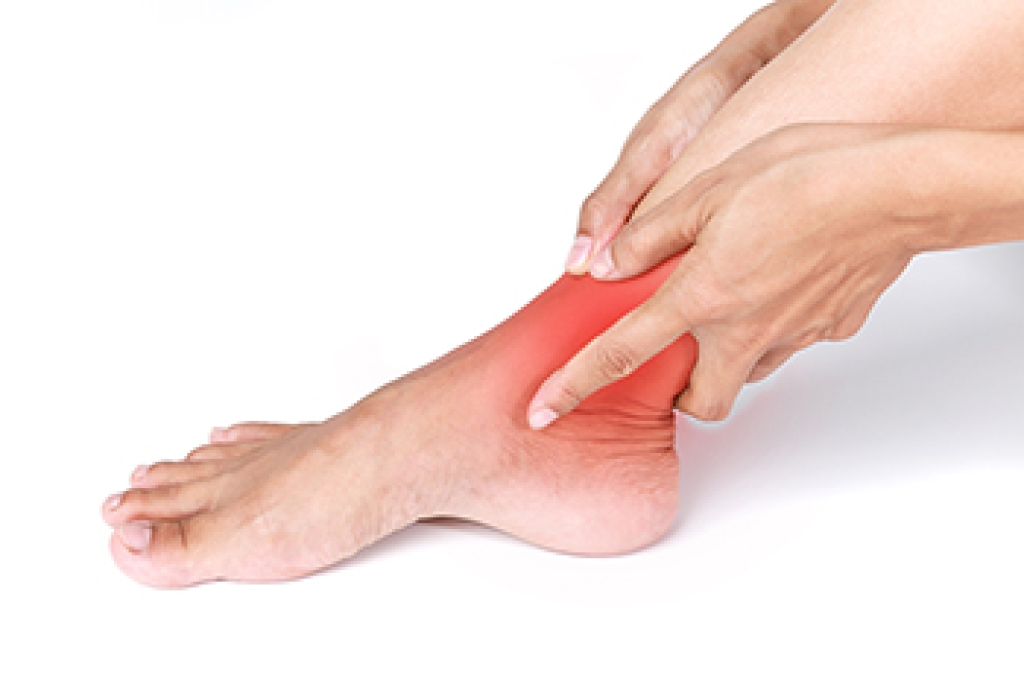
Tarsal tunnel syndrome involves pressure on a nerve that travels along the inside of the ankle and into the sole of the foot. It is similar to how carpal tunnel syndrome affects a nerve at the wrist. The pain develops when the tibial nerve is squeezed within a narrow space near the ankle, leading to sensory changes in the foot. Warning signs include tingling, numbness, burning, or sharp sensations in the arch, heel, or toes. Discomfort can worsen with walking or standing and continue during rest. Causes include flat feet, swelling after ankle injuries, arthritis-related changes, or soft tissue masses near the nerve. A podiatrist can evaluate foot structure, check nerve response, and confirm the source of compression. If you are experiencing such ankle pain, it is suggested that you make an appointment with a podiatrist for a diagnosis and options for treatment.
Ankle pain can have many different causes and the pain may potentially be serious. If you have ankle pain, consult with Derek Smith, DPM from Oklahoma. Our doctor will assess your condition and provide you with quality foot and ankle treatment.
Ankle pain is any condition that causes pain in the ankle. Due to the fact that the ankle consists of tendons, muscles, bones, and ligaments, ankle pain can come from a number of different conditions.
Causes
The most common causes of ankle pain include:
- Types of arthritis (rheumatoid, osteoarthritis, and gout)
- Ankle sprains
- Broken ankles
- Achilles tendinitis
- Achilles tendon rupture
- Stress fractures
- Tarsal tunnel syndrome
- Plantar fasciitis
Symptoms
Symptoms of ankle injury vary based upon the condition. Pain may include general pain and discomfort, swelling, aching, redness, bruising, burning or stabbing sensations, and/or loss of sensation.
Diagnosis
Due to the wide variety of potential causes of ankle pain, podiatrists will utilize a number of different methods to properly diagnose ankle pain. This can include asking for personal and family medical histories and of any recent injuries. Further diagnosis may include sensation tests, a physical examination, and potentially x-rays or other imaging tests.
Treatment
Just as the range of causes varies widely, so do treatments. Some more common treatments are rest, ice packs, keeping pressure off the foot, orthotics and braces, medication for inflammation and pain, and surgery.
If you have any questions please feel free to contact our offices located in Ponca City, and Stillwater, OK . We offer the newest diagnostic tools and technology to treat your foot and ankle needs.




